“When many people are parents to a child, it makes it possible for the child to go to anybody and just sit and talk…. If we don’t encourage our children to talk and be open, they learn other ways to let their voice out, and this energy can become highly destructive to them.”
— Sobonfu Some (1)
My generation, the modern nuclear family
Growing up in the 1970s in Brooklyn, I experienced the modern nuclear family model. My exposure to my relatives was limited to occasional visits, brief moments of co-existence and sharing with my cousins that I treasured. For my mother, being away from the extended family meant living without their support. This meant that anytime I was too sick for school, or she was too sick to get out of bed, or my sister had to be rushed to the hospital, my working father was the only family member available to help. Sometimes they hired babysitters, other times they took us to work with them or they stayed home with us. Luckily my mother was eventually able to connect with a few other moms on the block, who were all in similar nuclear family units, and they supported each other as parents whenever possible. The children of those neighbors were like cousins to us. We grew up playing together for many years and sharing each other’s household cultures.
My parents’ generation, changing models
Just a generation before me, my parents experienced totally opposite family models. My mother’s Midwestern family was large, but definitely nuclear. Parenting responsibilities were often held by nannies, so there was almost no need to look outside of the home for parental support. My father’s Greek immigrant home was the opposite – three sisters and their families living in one apartment building in the Bronx, in a neighborhood filled with extended family and fellow countrymen who were accustomed to helping each other get through hard times. This traditional community system stemmed from the Greek people’s desire to improve their chances of survival by working together and living interdependently.
The downside of independence
The 21st century value on independence and individual survival is replacing the traditional community-based model. We are faced with the modern philosophy that we do not require others in order to survive, as long as we have the money to pay strangers for any assistance we may need. This changing context makes it challenging for children, low-income families, adults with special needs and the elderly, all of whom are dependent on potentially inconsistent institutional services designed to fill in the gaps created by our nuclear family model. Unfortunately, many of us are suffering from a dangerous side effect of our independent and technological lifestyles, loneliness. According to studies, loneliness is a mental health condition on the rise in modern nations, potentially contributing to poor physical health, suicide and an overall lack of quality of life. (2,3,4)
How does a tribal model work?
As undeniable as our accomplishments may be, we humans are not as successful at supporting each other as we used to be. If we go to a remote tribal village or back in time a thousand years to just about anywhere, we will likely find a different social support system. In a tribal model:
– Children contribute whatever they can to the survival of the group, which helps them to feel important and build confidence.
– Adults look for learning opportunities whenever they occur naturally in daily life, and they may teach any child at any time to be a better person or how to enhance their survival skills.
– Elders in the community, seen as a source of knowledge, take the time to pay attention to youth and guide them to find their true path as a useful member of the group.
– There is less resistance to maturation in a tribal setting, where elders are honored and young people have a clear vision of how to proceed into a successful adulthood.
– I imagine that neither children nor elders would feel lonely and confused if they were part of a group which spent time together, cared for one another and associated survival of the individual with survival of the whole group.
– A tribe, or a small community, or an extended family, even if they are imperfect, serve as a source of love for their members, who are part of something that they cherish and that cherishes them.
This is real loneliness prevention, for all ages, and especially important for children.
Helping youths make good choices
In our modern society there are informal and formal opportunities for youth to be part of a social group – a sports team, a book club, a neighborhood gang. These groups may or may not provide consistency, positive relationships with adults that last for long periods of time, exposure to elders or the important tribal concept of survival being a group effort. This last point may be what gives gangs such a widespread appeal. In mimicking the role of young male as warrior, gangs are able to provide youth with a version of a traditional system in which young men used their physical power to protect and provide for the group. Many young people choose this path without realizing that what they seek is a group with whom they can try to survive communally. Better alternatives would be martial arts, community gardens or volunteer groups, all of which work with some form of life skill and also tend to build relationships through profound sharing experiences. A strong community with activities for growth and support networks is more likely to help young people make good choices.
Years ago I had a very smart student, 14 years old, who lived in a housing project. His parents had abandoned him due to their crack addiction, and his extended family was unable to care for him. His experiences in foster care were traumatic, so he escaped and chose the only social network he could find, joining with other homeless youth to live and work selling drugs. He was living as an adult, surviving independently and had been defending himself alone until he grouped with other boys like himself. For an outsider, their violent and illegal lifestyle is unattractive, but for my student, it allowed him to avoid being alone and gave him a “family” unit to be part of.
What’s missing today?
In the nuclear family model we are missing the traditional catchment system for children whose parents are unavailable. In theory there will be institutional assistance for all children whose families need help. The program that worked with the student above was a great resource. In his case, it was not as much help as he actually needed, and as far as we know the boy was lost to the streets. Family services do exist all over the country, helping individuals with the kind of support that would be provided in a tribal setting – childcare, housing, food sharing, counseling, job readiness, domestic arts. These services are increasingly unavailable or extremely difficult to access, making them available only to those who can pay for them.
As a parent and an educator, I want to see an alternative system available that I can choose for my child so that she will feel like she is really part of a supportive community. Forty years after being born a New Yorker, I am working to recreate tribalism in my life. Although living in a small fishing village in Latin America helps me do this, I would like to believe that this parenting model could be practiced, in some form, anywhere in the modern world.
What can parents do?
Whenever I can, I create a feeling of community for my daughter. I invest in relationships with other moms where we discuss how to handle transitions and how to create norms that we want for our children. I have to practice with challenges like compromise, sacrifice and respecting others ideals. Just as I use these techniques with my biological family, I use them with my “chosen” family. These are the men and women who have played a role in my daughter’s life and are people she can depend on in a variety of ways. They are also people who can educate her at any time, set limits with her and support her emotionally. We call them tias and tios, meaning aunts and uncles. Another great word for this concept in Spanish is comadre, which literally means co-mother, and in most cases refers to a woman with whom you have an interdependent relationship.
I invest in relationships with elders that I have access to, whose wisdom I respect. My daughter can see me as part of a community, receiving guidance from my elders and that I, in turn, treat them with respect and offer them nurturing. We call these people abuelas or abuelos, meaning grandparents. In this case the term is not reserved for elders of a blood relation. They are elders in the community who are open to filling this role. If one has access to blood relatives, that is great, however even those of us who do not, we still need to model interdependent relationships with older people so we can create the kind of community that we want for our children.
I encourage my child to have consistent relationships with people of all ages, especially her own age. I invite her friends to come over, ask her about them, and try to build relationships with their parents. When she is behaving in an individualistic way, to the detriment of the friendship, I give her advice to try to be nice to her friends. The phrase bien educado means well-educated. It is also the term for polite. A child that is impolite is considered badly educated. This is a concept which stems from the need for basic positive social skills that allow everyone to live in close quarters and get along well enough to help each other survive, especially important in extended families, remote communities or tribes.
In between all the relationship building, there is discussion about boundaries, defining and defending the self, the expression of individuality and other basic tools of social interaction. We read books and have chats, and I try to create opportunities for her to share her questions about the world she is learning to navigate. Our home is also an opportunity for her to display her skills and be proud of helping the family. Simple tasks like cooking, cleaning and taking care of the dog, give her the experience of being an important part of our daily survival routine. This routine will prepare her for one day taking care of herself, working, and nurturing others.
My daughter is now five. I think about ten years from now all the decisions that I would prefer she not have to make and how much I want her to do the best for herself. I can only hope that the tribal support that I have modeled will inspire her to ask advice from her tias and abuelas, and that I have chosen the right people for her to feel that connection to and confidence in. I hope that she makes nice friends, builds healthy relationships, enjoys her work, contributes to her community, and of course, prioritizes her family.
To connect with other parents and help create community visit these links:
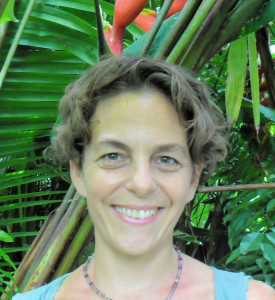 Rachel Thomas is a Holistic Health Counselor, certified by the American Association of Drugless Practitioners and the Institute for Integrative Nutrition, Rachel has an honors degree from Brown University and 20 years of experience with alternative therapies. She lovingly supports her clients in reaching their own health goals, using modern science, natural remedies, spiritual guidance and ancient healing techniques at Hidden Garden Wellness Center in Costa Rica.
Rachel Thomas is a Holistic Health Counselor, certified by the American Association of Drugless Practitioners and the Institute for Integrative Nutrition, Rachel has an honors degree from Brown University and 20 years of experience with alternative therapies. She lovingly supports her clients in reaching their own health goals, using modern science, natural remedies, spiritual guidance and ancient healing techniques at Hidden Garden Wellness Center in Costa Rica.
Sources
Some, Sobonfu E., Welcoming Spirit Home: Ancient African Teachings to Celebrate Children and Community. New World Library, Novato, CA. 1999. page 95
Vanessa Barford, Is modern life making us lonely? BBC News Magazine, 8 April 2013 . http://www.bbc.com/news/magazine-22012957
Liedloff, Jean. The Continuum Concept: In Search Of Happiness. Perseus Books, Cambridge MA (1985).
Grille, Robin. Parenting for a Peaceful World. Vox Cordis Press, New South Wales, Australia (2013).
Blaffer Hrdy, Sarah. Mothers and Others: The Evolutionary Origins of Mutual Understanding. Harvard University Press, Cambridge MA (2009).
Lene Arnett Jensen (Editor), The Oxford Handbook of Human Development and Culture: An Interdisciplinary Perspective. Oxford University Press, NYC, NY (2015).
Las Comadres Para Las Americas. Count on Me: Tales of Sisterhoods and Fierce Friendships. Atria Paperback, Simon & Schuster, NYC, NY (2012).

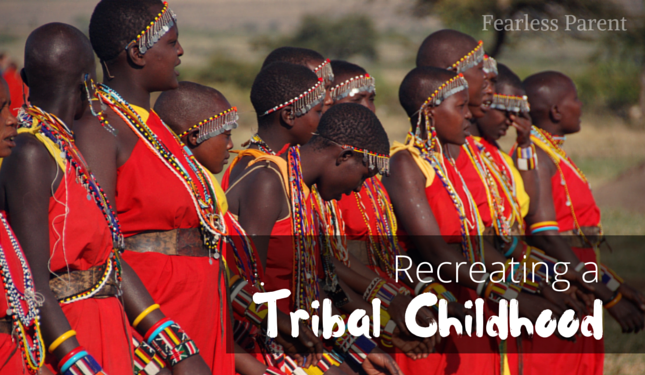
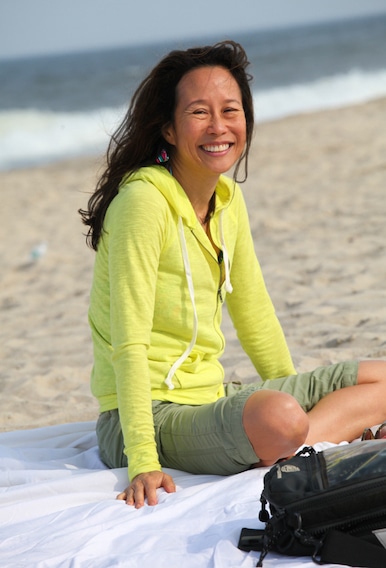

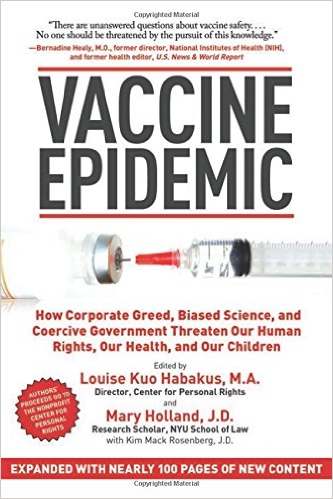




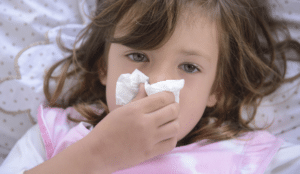
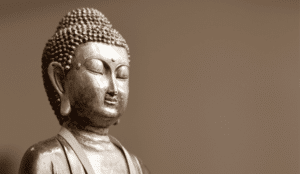


July 22, 2015 11:48 am
Comments 0